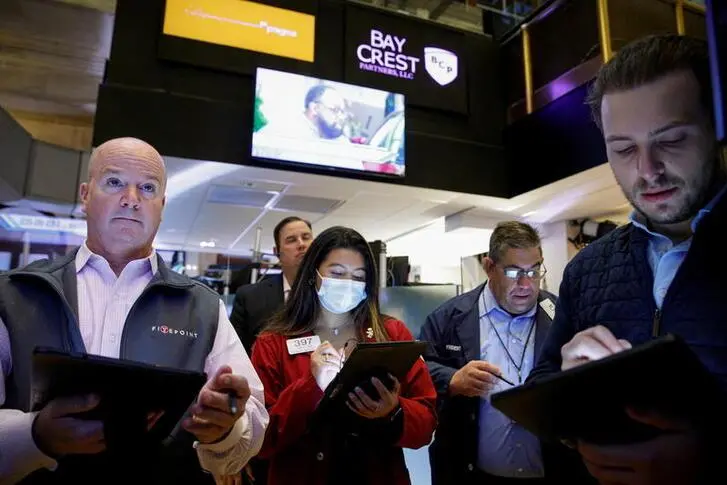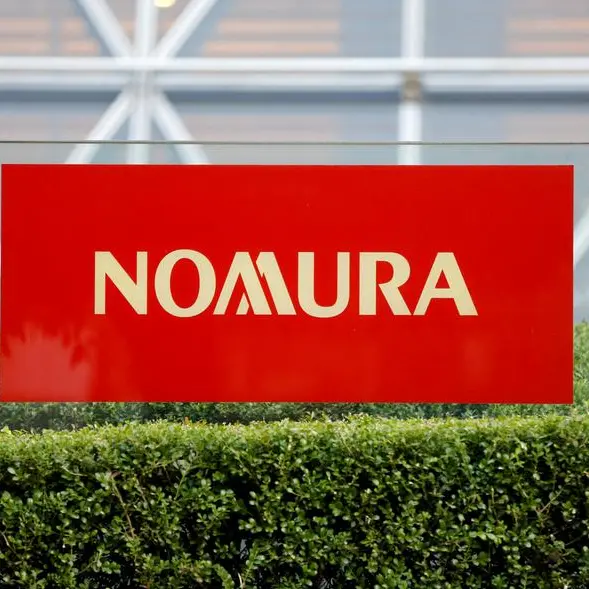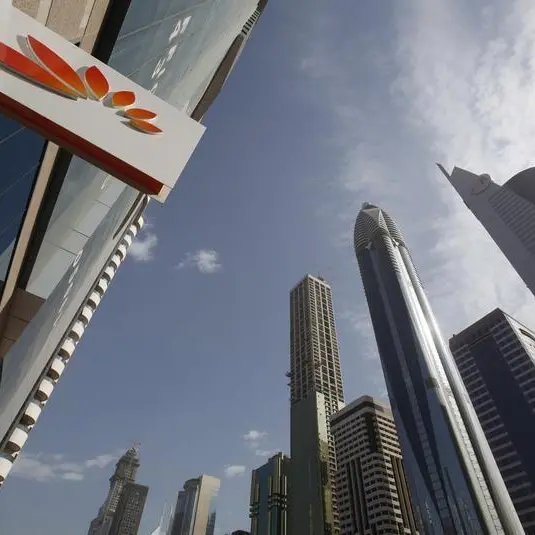PHOTO
NEW YORK - As stocks attempt to climb back from a brutal sell-off, investors are watching a variety of metrics to decide whether to buy the rally or brace for more declines.
The tech-heavy Nasdaq Composite Index closed up 1.4% on Tuesday, a day after falling more than 10% from its Nov. 19 record close during intraday trading before rallying at the end of the session.
Yields on the benchmark 10-year U.S. Treasury have risen by 20 basis points this month in anticipation of a more hawkish Federal Reserve and stand near their highest level since January 2020. Growth and tech stocks can be particularly sensitive to higher yields as they threaten to erode the value of future cash flows.
"We are entering a period where you will see really dramatic leadership shifts and volatility" in the equity market as the Fed prepares to raise rates, said Liz Ann Sonders, chief investment strategist at Charles Schwab.
A look at historical valuations shows there may be more downside ahead for tech and growth stocks.
The price-to-earnings multiple of growth companies stands 15 points higher than that of so-called value stocks, compared to a long-term average of six points, wrote Solita Marcelli, chief investment officer Americas at UBS Global Wealth Management, in a recent report.
The Russell 1000 Growth index is down 3.8% year-to-date, while the Russell 100 Value which tracks the shares of banks, energy firms and other comparatively cheap, economically sensitive stocks, is up 1.4%.
UBS expects the broad market to rise, with a year-end price target of 5100 on the S&P 500, some 8.2% above where it closed Tuesday.
Still, “investors will have to be nimble in 2022, and be aware of any outsize exposure they may have to growth stocks,” Marcelli wrote.
Others are less bullish. Analysts at BofA Global Research said the nearly 2% decline that the S&P 500 .SPX experienced in the first five trading days of January bodes ill for its performance for the rest of the year.
The S&P 500 finishes the year higher nearly 75% of the time, delivering an average return of around 11%, when the first five trading sessions of the year are up.
When the first five sessions are down, the year is up just 52% of the time, with an average return of 1.77%, BoFA’a analysts said in a report. The S&P 500 - where tech-focused stocks have a heavy weighting - rose nearly 27% in 2021 and is down 1.1% so far this year.
Analysts at Cantor Fitzgerald, meanwhile, warned that a “significant sell-off is coming,” in the face of a more hawkish Fed, calling for a pullback of 10% or more by the end of February.
Alarming signs include a sharp rise in global bond yields that has dulled the attractiveness of equities and an 80% jump in margin debt among individual investors over the past two years, they said in a recent note.
“Equity exposure is at historic highs which means that an equity drawdown will overshoot to the downside,” wrote Eric Johnston, the firm’s head of equity derivatives and cross asset.
Analysts at Bespoke Investment Group are watching technical levels. They noted that the QQQ exchange traded fund, which tracks the Nasdaq 100, closed in “extreme oversold” territory on Friday, a sign that the index could hit a short-term bottom. Since 1999, the Nasdaq 100 has gained 4.9% in the six months following an "extreme oversold" reading, according to Bespoke.
Jim Paulsen, chief investment officer at the Leuthold Group, believes expected strong earnings over the next two quarters are likely to make any market sell-off short-lived
"Whether a correction is happening now or later this year, it will probably be met by solid company fundamentals," he said.
(Reporting by David Randall; Additional reporting by Ira Iosebashvili; Editing by Ira Iosebashvili and Lisa Shumaker) ((David.Randall@thomsonreuters.com; 646-223-6607; Reuters Messaging: david.randall.thomsonreuters.com@reuters.net))












